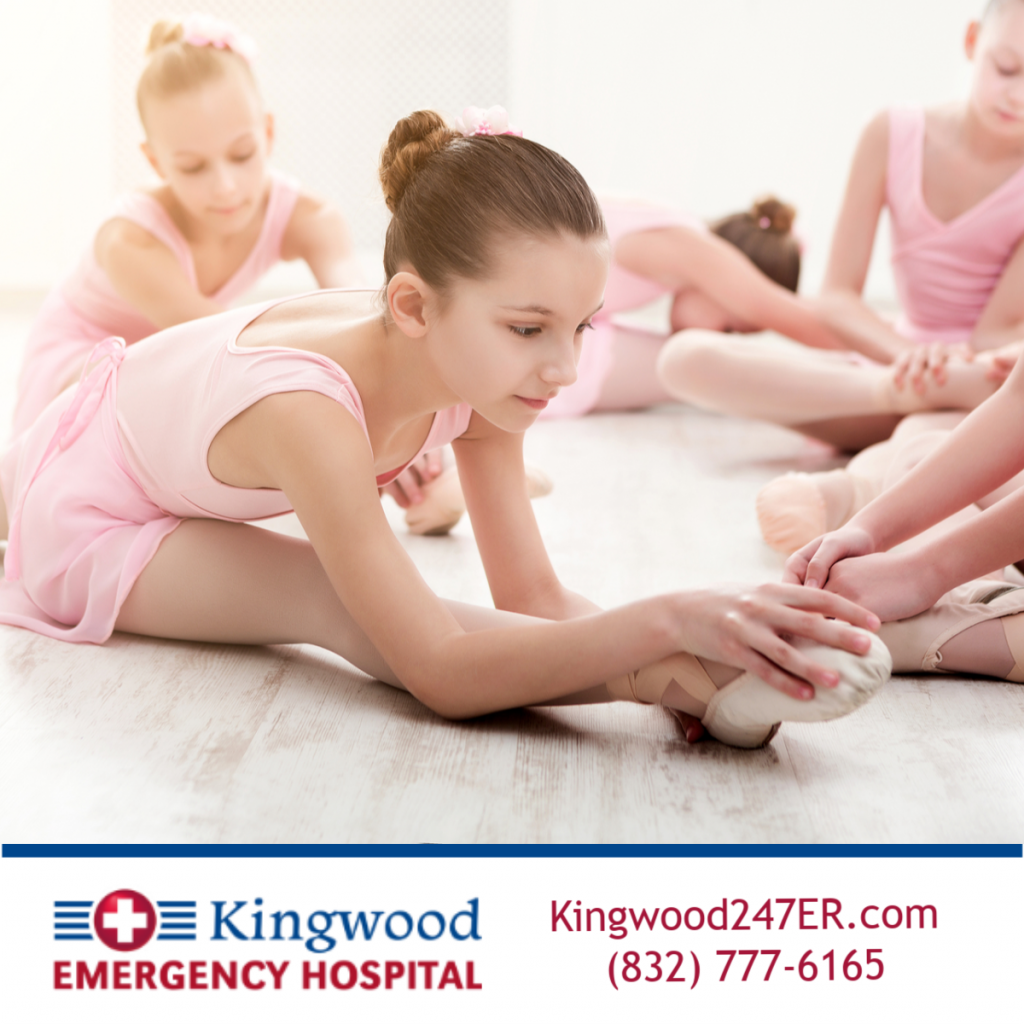
As a parent, what can be done to avoid common dance injuries? Dance, in all its form, beauty
The repetitive movements that dancers practice place stress on the body. The risk of injury is inevitable. This risk is particularly high during the period of the growth spurt in a young dancer’s life. In this article we look at some of the common types of injuries a dancer may deal with and the basic steps to avoid them.
Common Dance Injuries
Overuse injuries play a big part in dance related injuries. These occur when your child uses her joints and muscles repeatedly during training and performance. It’s important for parents to recognize the symptoms and prevent further damage. Here are some of the most common dance-related injuries:
Achilles Tendonitis
A common overuse injury is called Achilles Tendonitis. This can occur due to excessive training or when a dancer is using an improper technique. It is important to correctly diagnose and treat Achilles Tendonitis so that it does not lead to a tendon rupture, which would require immediate medical attention.
Prevention
Focus on learning the correct training and technique. Perform regular stretching especially for the calf muscle and its surrounding muscles.
Muscle Cramps
Muscle cramps are an involuntary contraction of a muscle or muscle group. Muscle cramps can be extremely painful and can last between a few seconds up to several minutes. Muscle cramps are often caused by fatigue and strain.
If a muscle cramp occurs, stretching or gently massaging the affected area can provide relief. You could also apply heat by using a heating pad.
Prevention
The best way to avoid muscle cramps is to perform stretching exercises before and after dancing. It is essential to follow a good warm-up and cool-down routine, keep your child hydrated, and adequately rested.
Muscle Strains
A muscle strain occurs when the muscle or its surrounding tendons are damaged due to overstretching. They are usually caused by a sudden contraction of muscles or poor flexibility. The lower back of a dancer is particularly susceptible to muscle strain. Likewise, the neck, shoulders, and hamstrings may also be affected.
The RICE (Rest, Ice, Compression, Elevation) method works well to take care of muscle strains. In case of pain or swelling, pain relievers may be prescribed by your physician. Physical therapy can also help to strengthen the muscles and prevent muscle strain.
Prevention
Performing a good warm-up and cool down can help to reduce muscle stiffness. Make sure you stretch before and after every dance session.
Ankle Injuries
Ankle sprains are a common injury in dancers. They are caused when a movement forces the ankle out of its normal range of motion. It can cause pain on the inside or outside of the ankle and in some cases, swelling may be seen.
Prevention
Perform ankle exercises regularly. Physical therapy can help to improve strength and control as well as prevent future injuries.
Hip Injuries:
Snapping Hip Syndrome or dancer’s hip is commonly experienced in young dancers. It is a condition where they may feel a snapping sensation or hear a snapping sound in their hip. It can be painless but for dancers, it may include pain that could affect performance.
Prevention
Using a pain reliever or applying ice can help relieve pain. For severe cases, physical therapy is required, which includes stretching and strengthening. Some of the common stretches to treat snapping hip syndrome are quadriceps stretch, hamstring stretch, and the iliotibial band stretch. You can also include exercises to strengthen your glutes.
Knee Injuries
Patellofemoral Pain Syndrome or runner’s knee occurs when the cartilage protecting the knee loses its ability to absorb shocks. It is caused by weak thigh muscles, tight hamstrings, overuse or excessive training. It is characterized by a dull pain around the front of the knee called the patella.
Prevention
Strengthening and stretching exercises can help in prevention especially strengthening the core, hip-abductors, and stretching the iliotibial band.
Some Important Tips Parents Should Keep in Mind:
- Always perform the proper warm-up and cool-down exercises.
- Keep your child hydrated by drinking plenty of fluids.
- Wear well-fitting clothes and shoes.
- Always maintain the right technique.
- Listen to your body and be mindful of its limits.
- Do not overexert yourself and dance through the pain.
Parents play a huge role in preventing dance injuries. Make sure your child is following the proper techniques. Encourage them to progress and advance, gradually, to higher skill levels. Be mindful of your child’s behavior and consult a healthcare professional if she is experiencing pain or discomfort. The earlier you address injuries, the less room for further damage and complication.
At Elite Hospital Kingwood a Texas Department of State Health Services certified facility, we are available 24 hours a day, 7 days a week in the event your child experiences an injury that requires more than an ice pack and pain reliever. With the average wait time of
